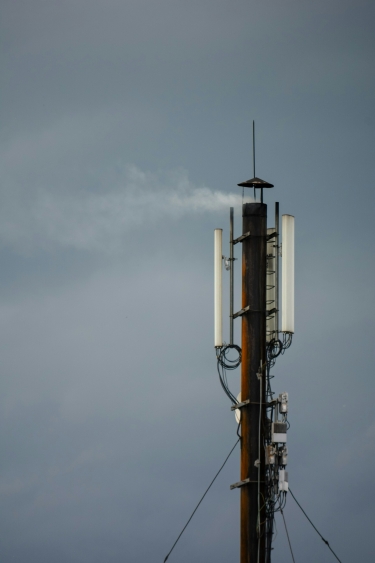Despite the 8,000% growth, it predicts operators will face challenges to secure an ROI into the creation of direct-to-cell networks.
“Direct-to-cell services enable cellular connections to access network services directly from satellites in orbit. These services are enabled by satellite-capable radios in devices and partnerships with satellite network operators,” the firm said.
|
|
The study identified two key challenges in maximising return on investment:
- The low cost of low-power IoT connections
- The commoditisation of connectivity
Juniper Research’s report predicts lower-power connections will represent the most prominent case for direct-to-cell, owing to demand for connectivity and remote monitoring from nomadic industries such as maritime.
However, these connections will generate an average of less than $2 per month, diminishing operators’ ability to secure a return on investment.
Given the commoditisation of mobile connectivity, the study also predicts that operators will struggle to convince mobile subscribers to adopt an additional subscription for direct-to-cell services on top of existing cellular plans.
Juniper Research urges operators to focus on tailoring direct-to-cell services specifically to nomadic travellers and remote subscribers.
“Operators must promote the substantial coverage their direct-to-cell networks serve and apply premium pricing for data-intensive connections for broadband and consumer use cases,” remarked research author Sam Barker.
“This will attract users of profitable direct-to-cell services, such as mobile broadband and smartphone subscriptions.”










































